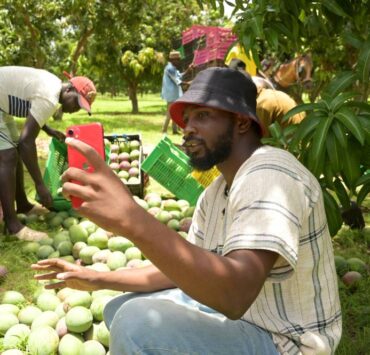Poverty and hunger policies need to change

The fight against poverty has been long waged. The highest poverty rate came after the Martial Law regime, with the country’s poverty index at 44.2 percent in 1985 among a population of 26,674,645, as shown in the 2009 Asian Development Bank report. That translated to about 11.7 million poverty-stricken individuals.
Today, the poverty rate is 15.5 percent in a population of 115.8 million. That’s an estimated 18 million individuals. Surveys from the Social Weather Stations indicate that those who have experienced hunger have gone up by 15 percent in their March 2024 survey. This means 14.2 percent of families (or 70 million Filipinos) experienced involuntary hunger at least once in the past 3 months: Metro Manila with 19 percent (from 12.7 percent in December 2023); the rest of Luzon, 15.3 percent (from 14.3 percent); Visayas, 15 percent (from 9.3 percent), and Mindanao, 8.7 percent (from 12 percent). Ironically, Mindanao’s hunger rate has declined. Why is it different in Mindanao?
The National Economic Development Authority, should craft policies based on on-the-ground statistics, instead of statistics replication tables. Look at how it has landed in the center of controversy after stating that the poverty threshold used in government statistical measurement is the ridiculous amount of P64 a day per capita. After public outrage, it quickly explained that the figure was not meant to represent the cost of living today, but a statistical benchmark that the government uses to measure if its policies are making a dent over the years.
The pervasive dilemma that government cannot get solid bearing on is in its approach to fighting poverty and hunger, which bear two different statistics but converge into decisions on the minimum wage. The adjustment approved by the Regional Tripartite Wages and Productivity Board in the National Capital Region starting July 16, 2024, is the daily minimum wage of P645, from P610. The increase is barely enough to buy a kilo of substandard rice now! Why can’t the Productivity Board recommend instead that increased revenues, from hereon, be the basis for proportionately increasing the workers’ take-home pay in a mutual agreement between labor and management?
Marvel K. Tan, CPA
captbeloytan@gmail.com

















